Right now, major cities on the West Coast have tons of open office spaces, while the homeless rate keeps increasing.
Many people focus on the “doom loop” trend in Manhattan, but it is just as prevalent in cities like San Fransisco.
There Is Lots of Unusued Office Space and Construction Has Halted
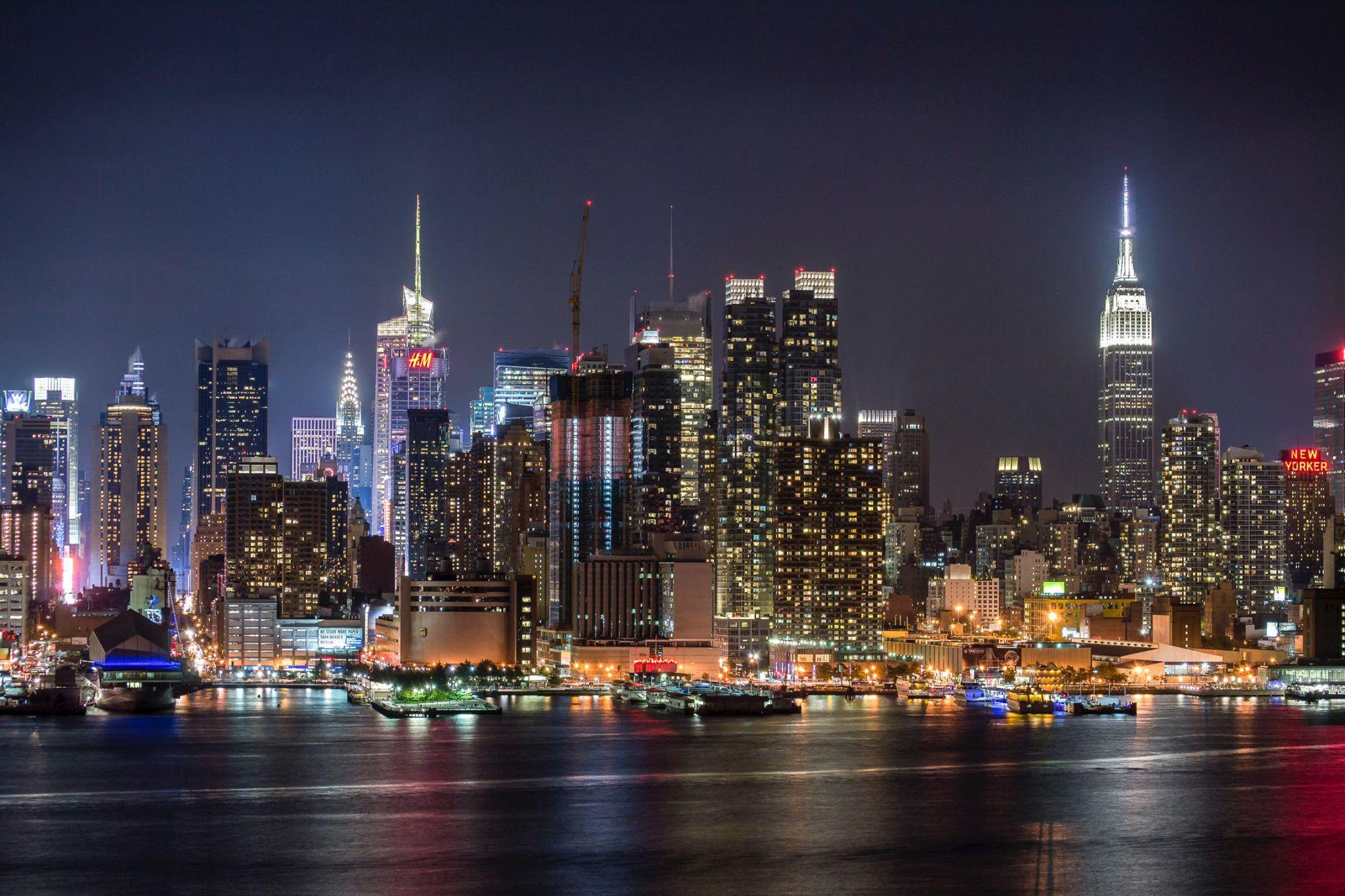
In cities like Manhattan, there is more than 22 percent of unused office spaces, leading to many empty skyscrapers.
Large office building construction has pretty much come to a halt and according to Business Insider, “the market is simply not seeing large employers looking to move.”
San Fransisco Dormant Office Space Tops New York

Although New York has it bad, cities such as San Fransisco may have it worse.
The amount of unused office space has increased since 2022 and is now at a whopping third of total office space laying dormant.
Most West Coast Cities Are Facing the Same Dormancy Problems

San Fransisco isn’t the only city on the West Coast facing these issues.
Portland, Oregon has an office vacancy above 22 percent which is higher than in Seattle, Washington. Surprisingly, Los Angeles is lower rounding out at around 15 percent.
Downtown Los Angeles Is Struggling With Vacancies

This problem has seemed to escape Los Angeles, as many office buildings in LA still have tenants.
However, in the urban areas vacancy is reaching heights similar to New York City.
Remote Work Leads to Fewer Homes Available

Remote work could be another cause of office building vacancy.
This decline in in-person work is coming at the same time that the residential real estate markets are becoming tight for the West Coast.
Sky High Residental Real Estate in West Coast Cities
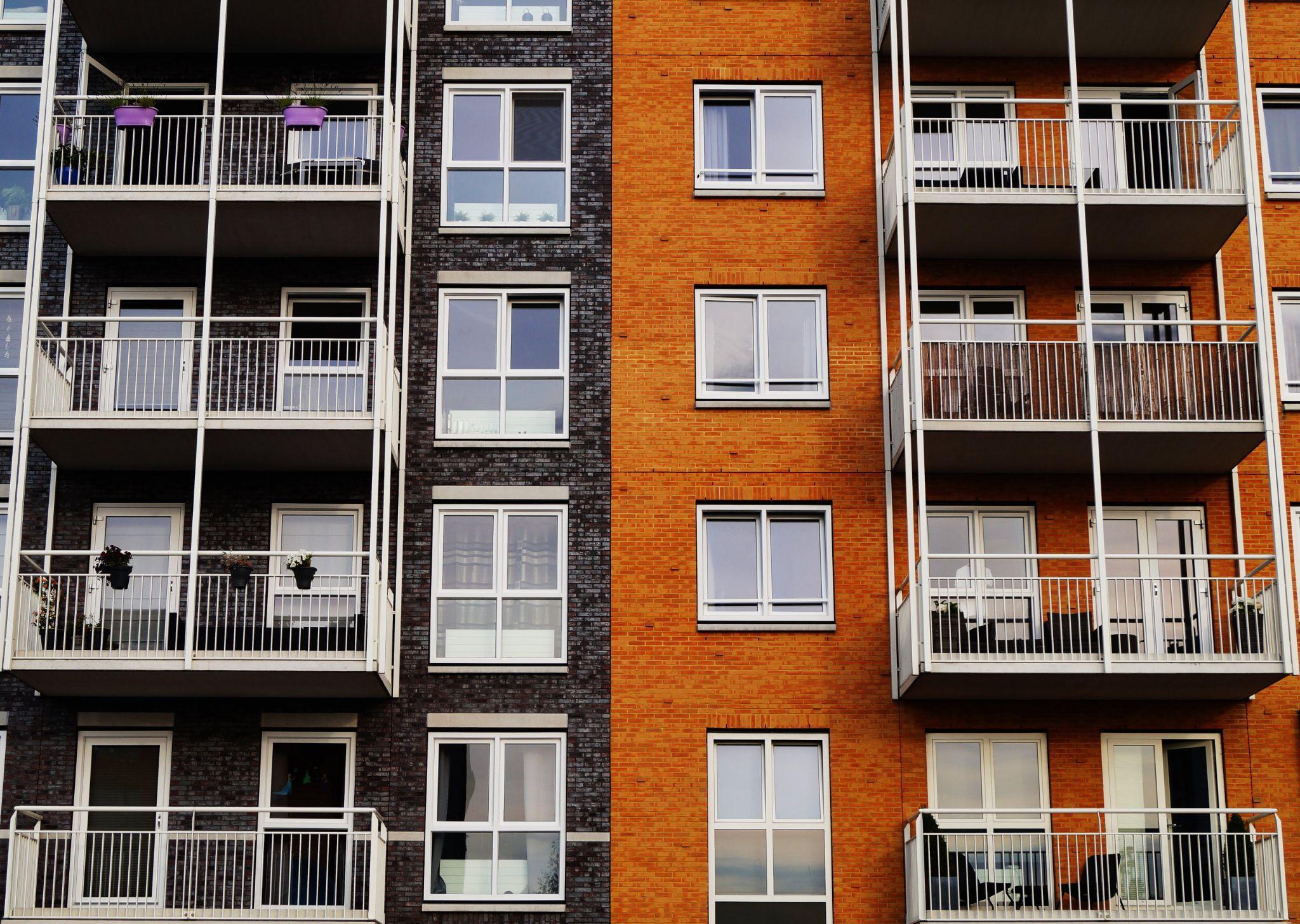
In West Coast cities there are too few new homes being built for the amount of people trying to buy.
This continues the trend of sky-high rental and buying options in major cities like San Fransisco and Los Angeles.
Apartment Availability in San Fransisco and Los Angeles Is Slim and Expensive
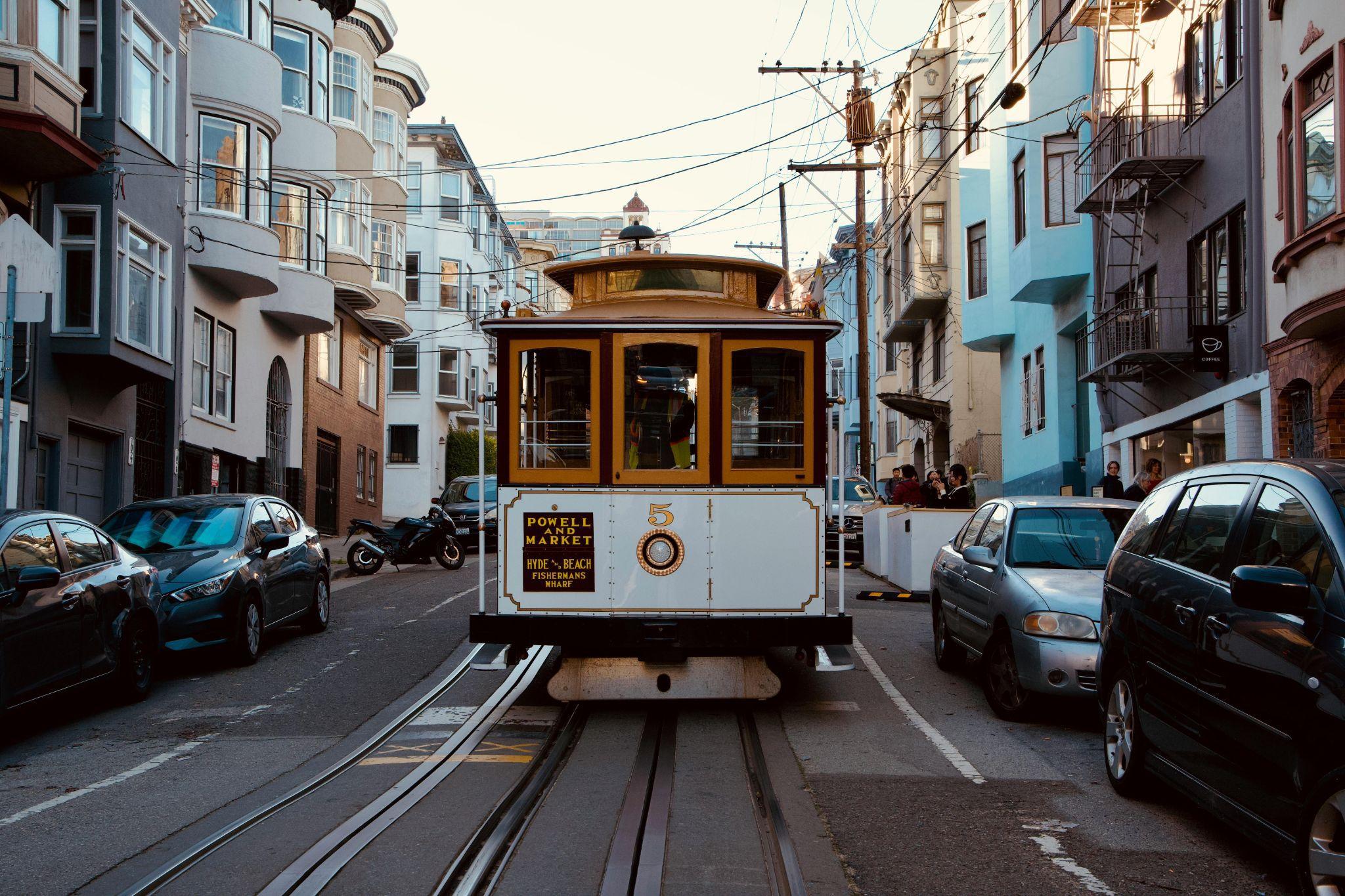
There are about 6.7 percent available apartments in San Fransisco and only 5 percent in Los Angeles.
The average rent for a two-bedroom apartment in San Fransisco has risen to around $4,000 per month.
Why Are We Not Transforming Open Office Space Into Apartments?

You would assume that with the severe disconnect between the limited amount of available housing and the overwhelming amount of office space, developers would be chomping at the bit to transform these into apartment complexes.
In most cities, this is not the case.
Los Angeles Transforms Office Space to Create 700 Available Housing Units
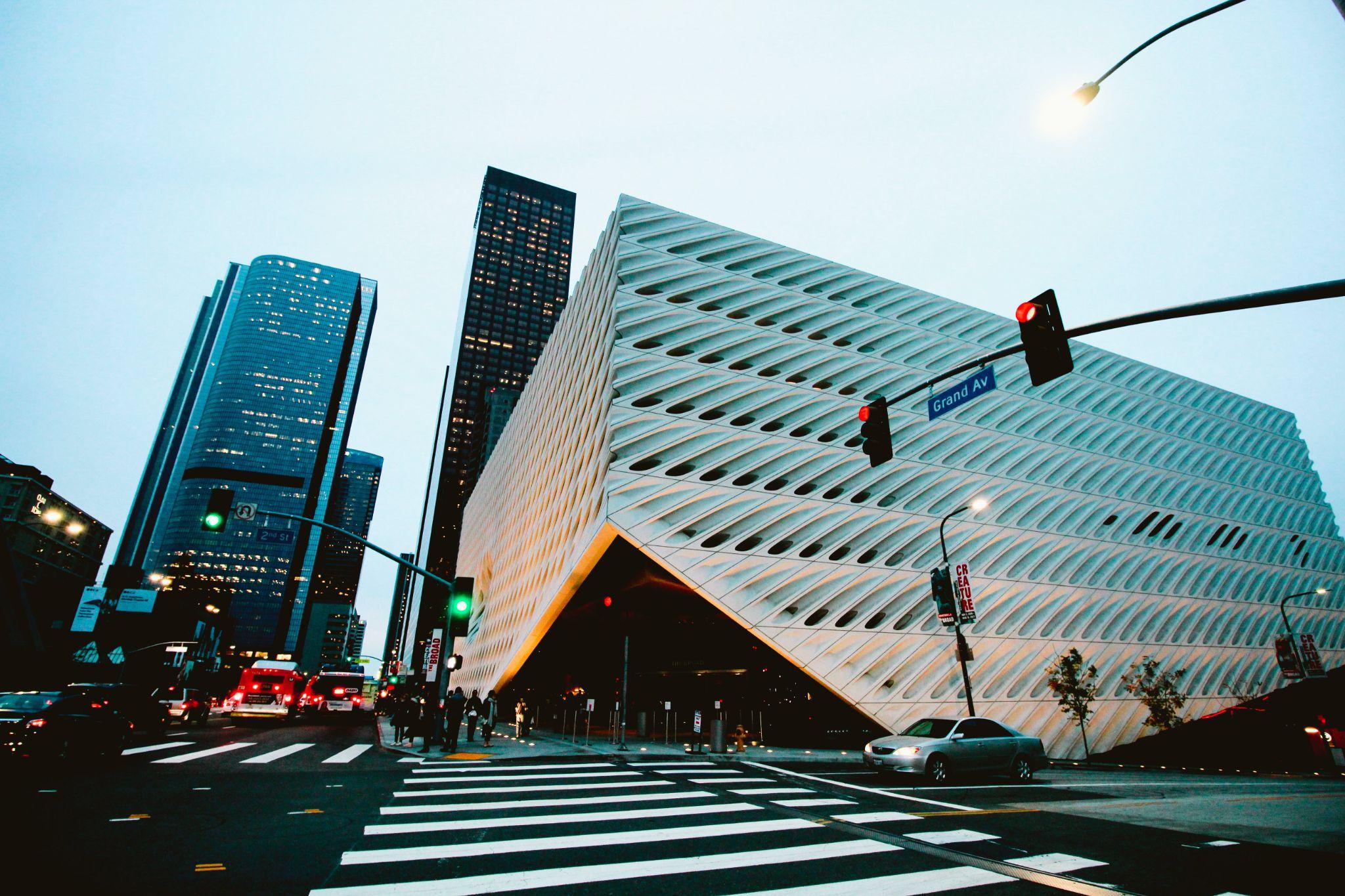
Los Angeles is the only city on the West Coast with this mindset.
In 2022, almost 700 housing units were made from open office building space.
San Francisco Has Not Made Improvements

No other West Coast cities seem to be taking this route, despite Mayor London Breed, San Francisco’s mayor showing his support.
A study done by the city showed that it could generate over 11,000 housing units.
No Project in Motion Yet
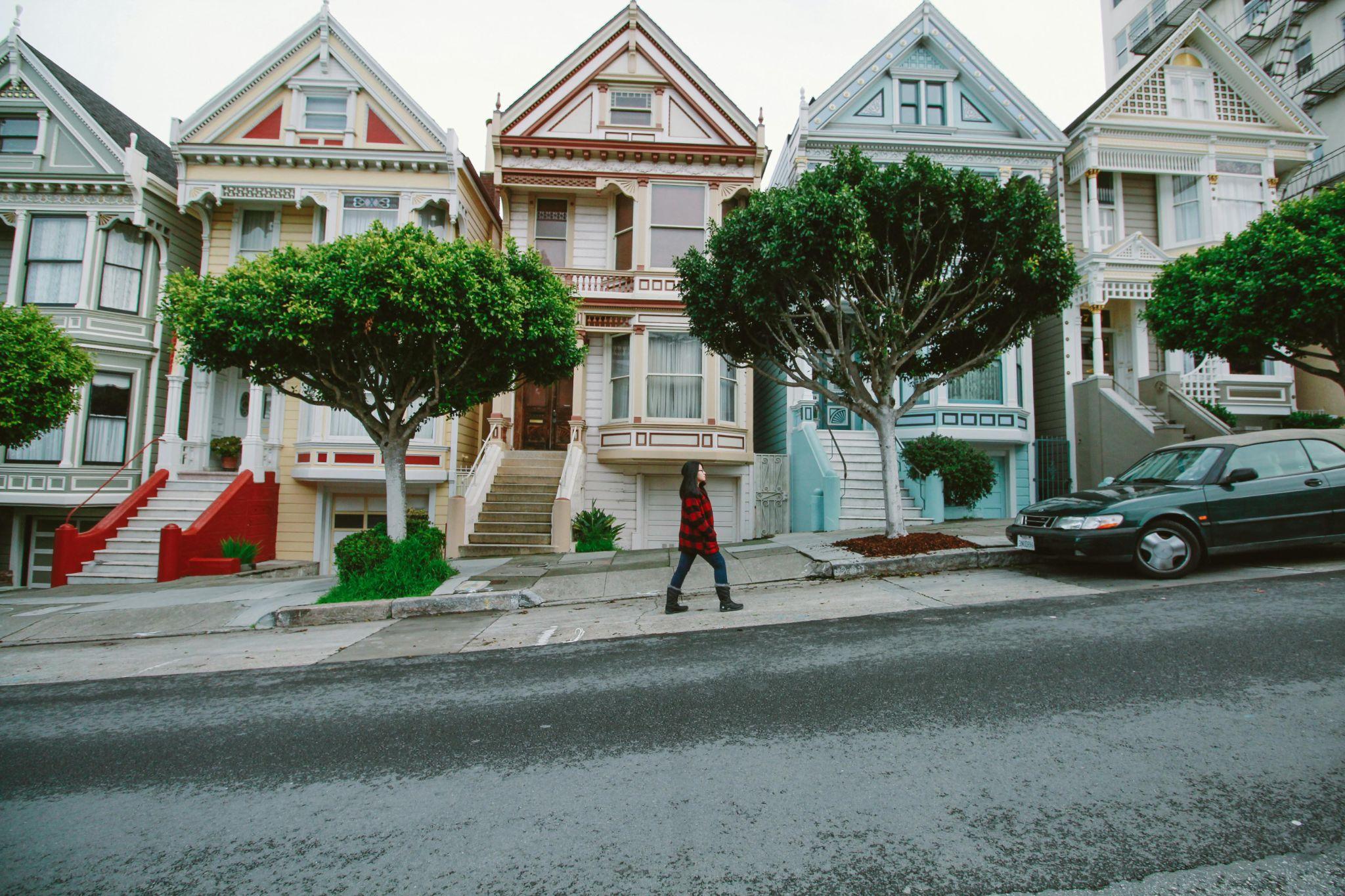
If the project moved forward, San Fransisco would be able to make over 1,000 units for housing as well as 4,000 homeless units.
However, there is no plan to make this happen just yet.
What Exactly is a “Doom Loop”? What Can Fix It?

It is what is sounds like: one negative situation creates another which in turn will exacerbate the original problem! The Greek Debt Crisis is one prominent example.
California’s Urban “Doom Loop” is not all that much different, and solutions almost always require an external force intervening. You’ll also find all sides of the political spectrum pointing fingers. The real answers and solutions are complex.
Are Other Cities in Danger?
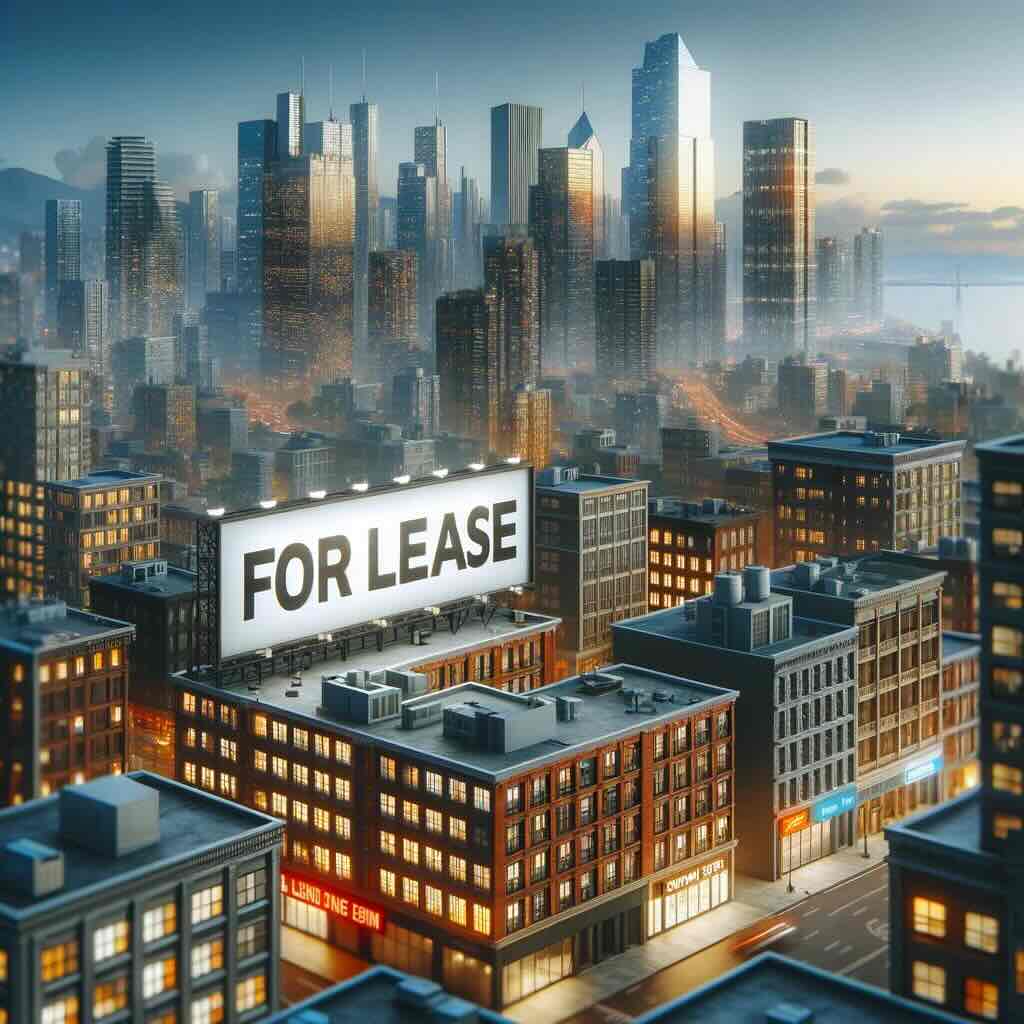
In a word… yes. While these problems are prominent in California and west coast cities, no part of the US economy operates in a vacuum.
The “commercial real estate apocalypse” is happening in mid sized cities across the country. The doom loop scenario is not limited to one region. Not by a long shot.
Which US Cities Will Experience the Real Estate Doom Loop Next?

According to the Washington Post, the danger of the doom loop starting in mid-sized cities is far more catastrophic than the larger coastal counterparts. Why?
Cities like New York have more available alternate uses for empty office buildings. The smaller the city the less likely there is to be a readily available solution. Cities like Charlotte, Hartford, Milwaukee, Atlanta, and Chicago have the highest delinquency rate on office building loan payments.
Government Aid is Actually Saving the Day Right Now

State and local stimulus aid from the 2021 American Rescue Plan continues to keep many cities afloat.
Unfortunately those funds will not last much longer, which is why economists are looking ahead to a potential ‘train wreck’.
